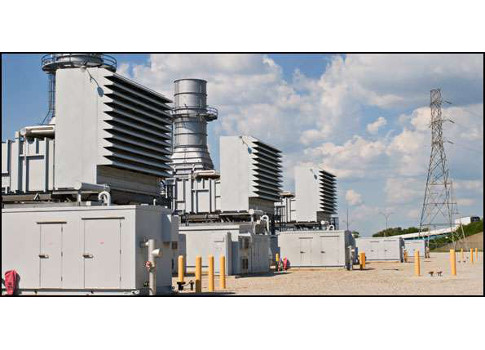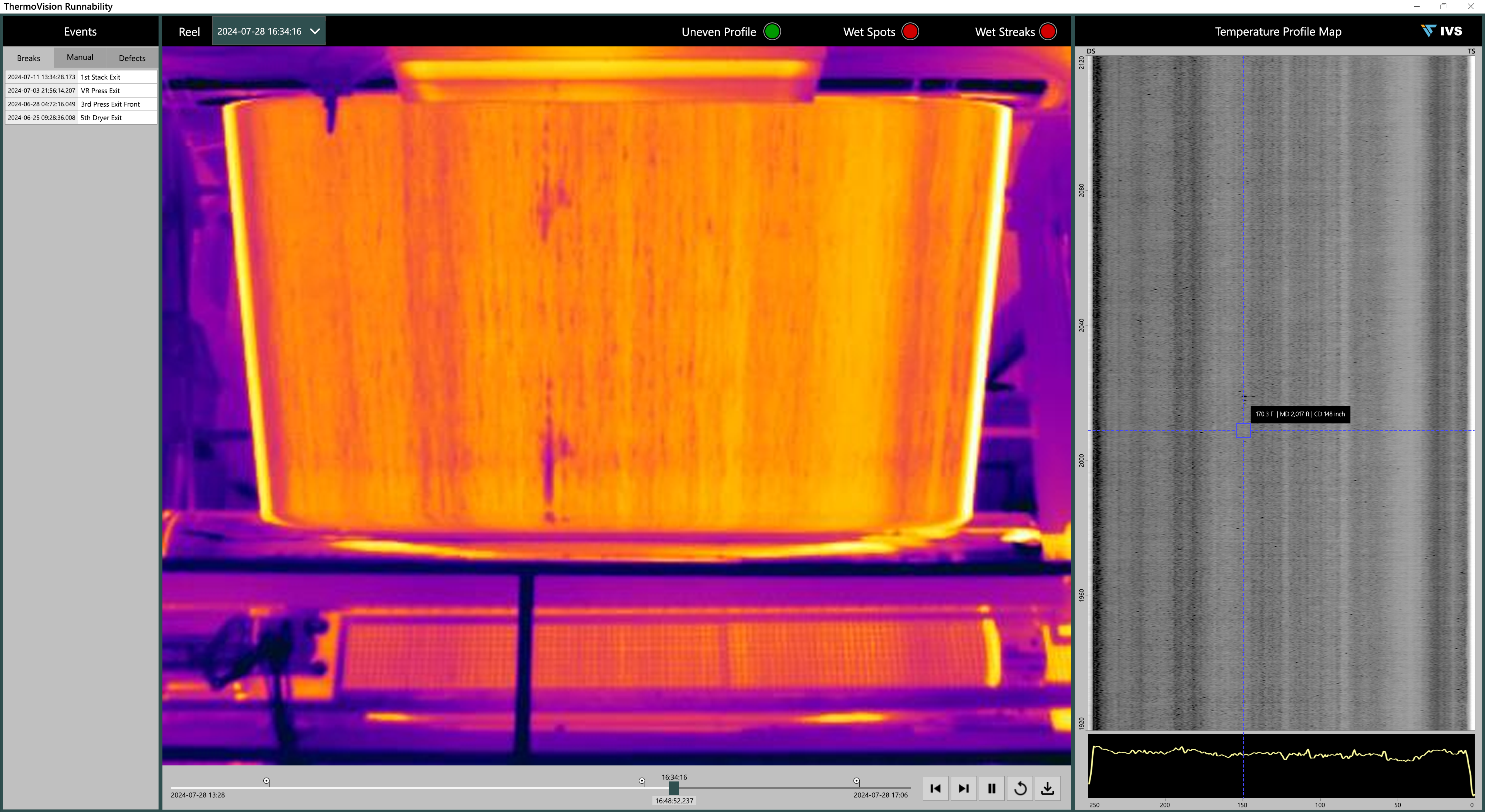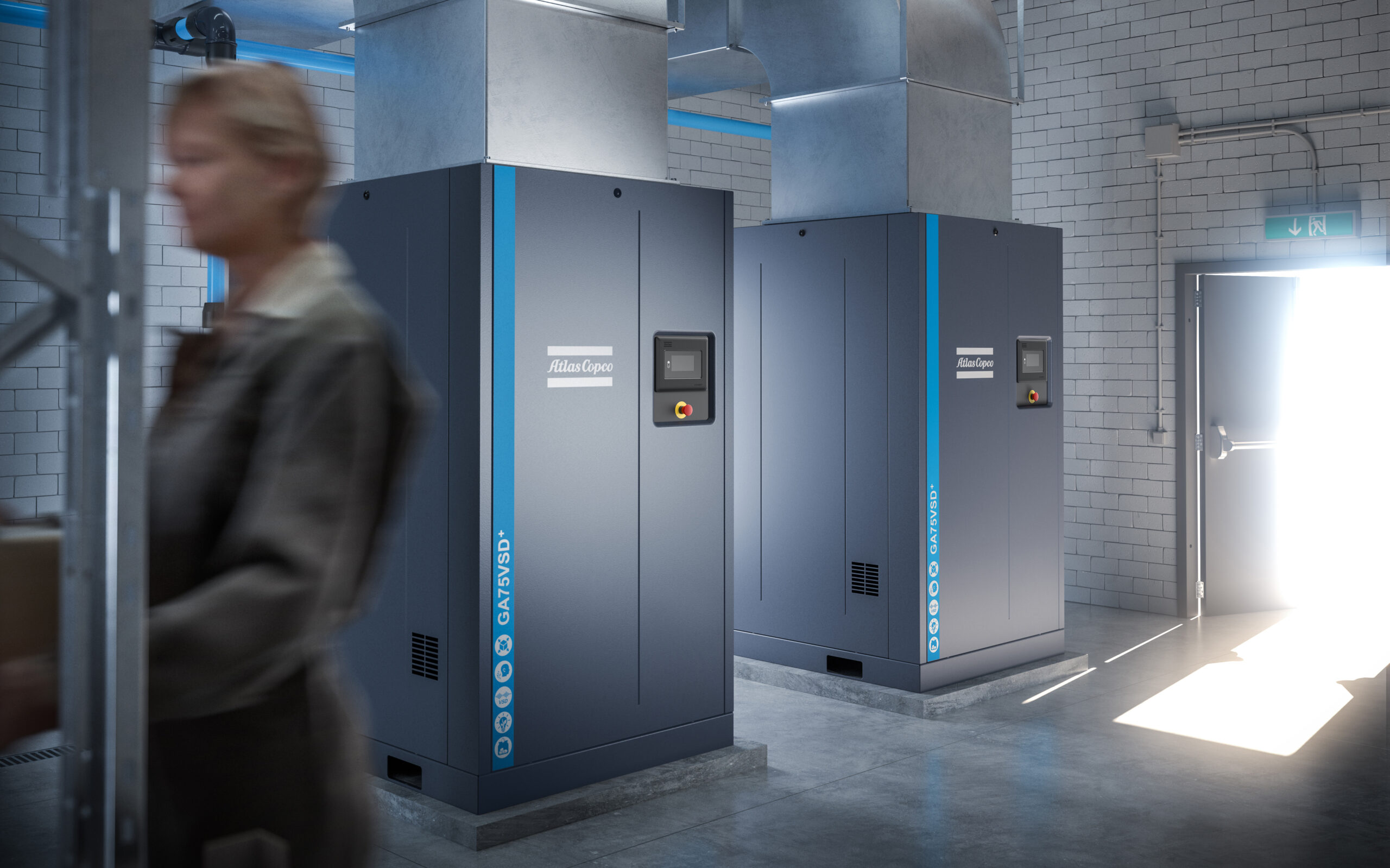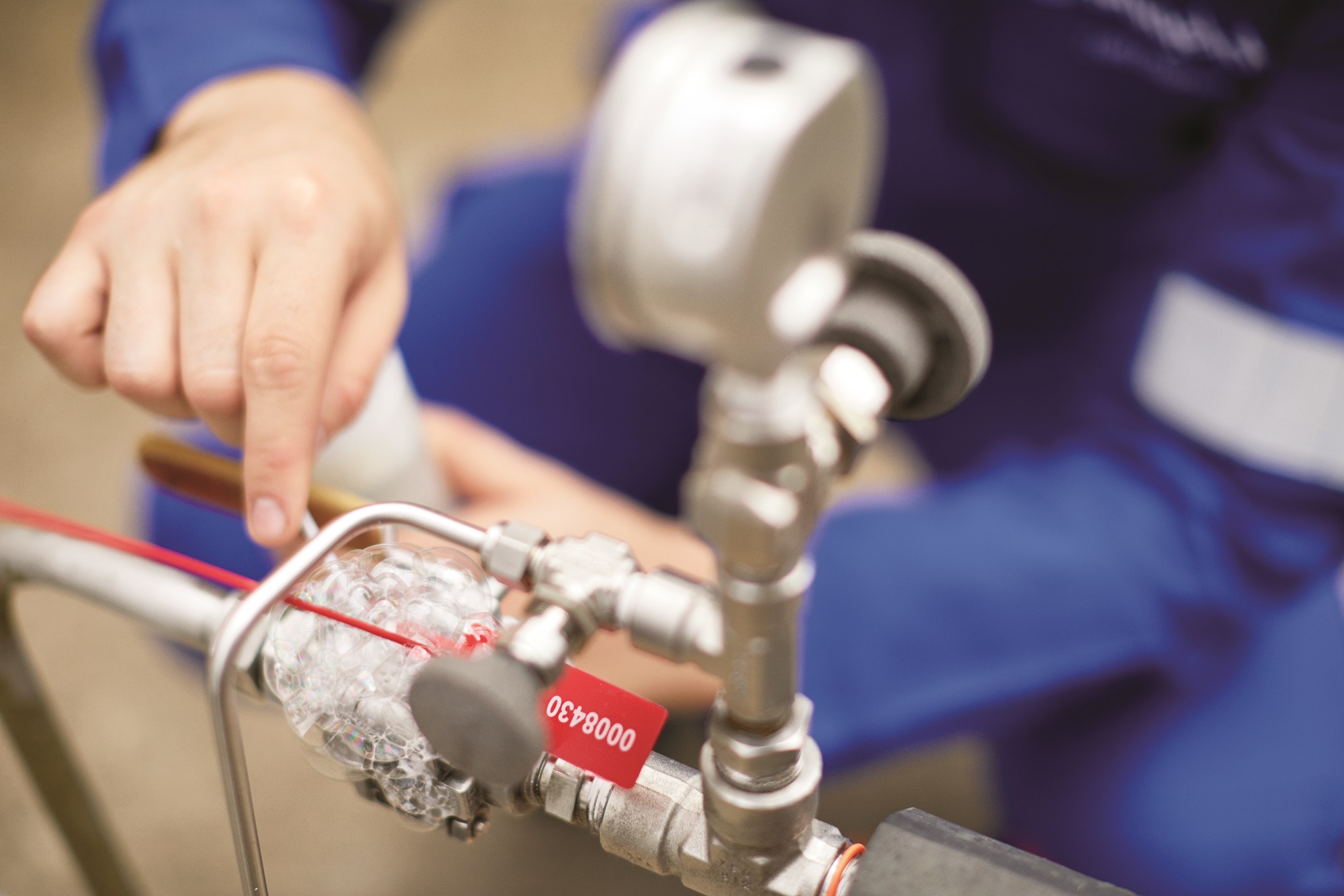Proper installation and maintenance of an electrical system’s components help keep the working environment safe while extending the life of the equipment.

When working with electrical equipment, all of the components need to be considered. The proper installation and maintenance of those components helps keep the working environment safe and extends the life of the equipment that is being used. Any electrical system will need a transformer somewhere in the line of power.
A transformer is used to transfer energy between two circuits or more circuits. They are put in line to reduce voltage to a suitable level that comes in from high-powered lines. Equipment would be instantly fried if it’s hooked directly into the high-voltage lines at the pylon. Also, transformers are beneficial to use because machines operated in the factory are often going to use much higher voltage, more so than utilized in a standard piece of electrical equipment.
There are multiple types of transformers including a step-up transformer and a step-down transformer. They are designed to take in a high primary voltage and reduce it to a secondary voltage that exits the transformer. Step-up transformers do the opposite. They take in low-voltage and turn it into high-voltage.
Tests and services should be run as part of a preventive maintenance program to ensure that the transformers are operating properly and to help extend their lifespan. One of the primary testing services for electrical transformers is oil and gas analysis. Primarily, this type of analysis is done to find any contaminants including the existence of water.
Contamination
Finding water, even in minuscule quantities, can be harmful to electrical equipment. Not only could it quicken the deterioration of the insulating oil, but it also sets back the paper insulation. This could allow additional water in and accelerating the problem. Water contamination typically comes from one of two sources. It could be atmospheric and leaking into power equipment through cracked insulation or bad gaskets, damaged diaphragms, or even a manhole cover. Atmospheric origins for water contamination may also come from the silica gel breather. There may also be some internal sources of water contamination. Those may come from oil degradation which could result in the production of water, paper degradation, and wet insulation.
Additional tests
A helpful test for insulating oil is to test the oil’s ability to withstand electrical stress without failing. This type of analysis would require applying voltage at a controlled rate to 2 electrodes immersed within the fluid and at a gap of a particular distance. It can help to identify the presence of contaminants including conducting particles, sediment, and water. With the proper testing of electrical transformers, it is possible to extend their life in many cases. Identifying issues is important when performing repair services in order to catch the problem before it becomes a matter of catastrophic failure.
-David Manney is a marketing administrator at L&S Electric. This article originally appeared on L&S Electric Watts New Blog. L&S Electric Inc. is a CFE Media content partner.



